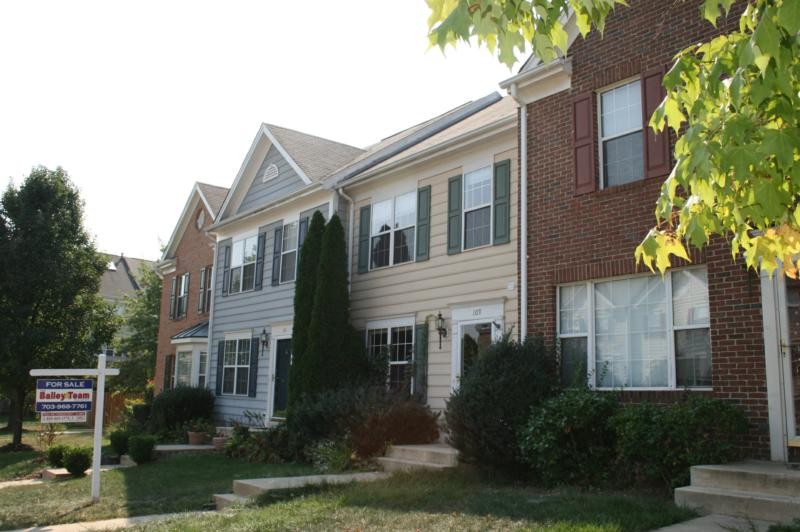Financing Options For Buyers Of Foreclosed Homes
Post on: 29 Сентябрь, 2015 No Comment

Foreclosed properties often create a Catch-22 for buyers. On one hand, they can provide a chance to buy a home that may cost much less than comparable sites in the neighborhood. But because many of these homes need substantial repairs, private lenders tend to be skittish about financing foreclosure deals. See The Pitfalls of Buying A Foreclosure House .
If you can pay for the property and any necessary renovations in cash, you’re in an enviable position. That’s why some decide to team up with outside investors who can help them out on the front end and share any profits when the home goes on the selling block once again. In fact, cash deals represent a sizable portion of R.E.O. or “real estate-owned,” sales.
Those who need financing can look into one of the specialized programs aimed at distressed properties, although the list is about to shrink. As of October 2014, Fannie Mae is discontinuing its HomePath Mortgage offering. which allows individuals to buy its foreclosed properties with as little as 5% down and pay no mortgage insurance. The mortgage guarantor is replacing HomePath with certain “flexibilities,” including the ability for outside parties to contribute larger amounts toward the purchase price, although these affect a limited number of transactions.
Fortunately, two financing options are still available for those who qualify – 203(k) loans from the Federal Housing Administration (FHA). and the HomeSteps program through Freddie Mac, another government-sponsored repurchaser of mortgages.
The FHA designed its 203(k) mortgages to help assuage the concerns of banks that would otherwise shy away from high-risk R.E.O. purchases. By charging borrowers a mortgage-insurance premium, they’re able to guarantee loans made by private lenders who participate in the program.
For borrowers, one of the big advantages is the ability to finance the home purchase, plus any required repairs, in a single mortgage. The more basic version, a Streamlined 203(k) loan, is meant for limited repairs that don’t require engineering or architectural plans. Individuals can borrow up to $35,000 above the home’s sale price to cover basic remedies such as new appliances, siding and windows.
With more extensive fixes, such as building an addition or taking care of structural damage, a traditional 203(k) loan is usually the best option. Unlike the streamlined variant, homeowners must take out at least $5,000; the maximum amount is based on FHA limits for each county. Additionally, you have to pay for an independent consultant to inspect the property and verify that the work meets program guidelines.
An additional drawback to these loans is the price. Besides paying mortgage insurance, borrowers typically receive interest rates that are a quarter of a percentage point higher than conventional loans. They may also have to fork over 1 or 2 points, which are upfront fees that are each worth 1% of the principal amount.
Figure 1. A comparison between standard 203(k) loans and the streamlined version.
(Source: Bank of America website)
Going with Freddie

Another compelling option for consumers in the R.E.O. market is HomeSteps by Freddie Mac, which offers many of the same benefits as the expiring HomePath program. However, in contrast to the 203(k) program, HomeSteps applies to a smaller number of properties.
Like Fannie Mae, Freddie Mac is a government-sponsored enterprise that provides liquidity to the mortgage market by buying loans from banks, pooling them and selling them to investors as securities. With HomeSteps, the organization – through its private lending partners – offers special financing for those who want to buy only the foreclosed properties that it owns. What’s more, HomeSteps is currently available only in the following states: Alabama, Florida, Georgia, Illinois, Kentucky, North Carolina, South Carolina, Tennessee, Texas and Virginia.
If you happen to live in one of these states, HomeSteps has some significant benefits. Chief among them is that you don’t have to buy mortgage insurance, which sets it apart from 203(k) loans. That alone can save buyers hundreds, even thousands, of dollars over the course of the mortgage. Further, a HomeSteps mortgage doesn’t require an appraisal at origination. which can be a major hurdle for those seeking a conventional loan.
Buyers can find a list of single-family, condo and multi-family properties on the HomeSteps website.
The Bottom Line
While the upcoming retirement of Fannie Mae’s HomePath program is regrettable news for those interested in buying a foreclosed home, special programs by FHA and Freddie Mac are worth a look.














